Early Soybean Scouting
ILeVO Halo Effect The Halo effect is associated with ILeVO-treated soybean seed. Regardless of the halo severity on early leaves, stand is not affected, the plants will recover, and the crop will be protected against early SCN and SDS. Show in Image 1, the ILeVO Halo Effect is a discoloration of the outside edges of the cotyledons. We have seen this every year since ILeVO was launched, so most growers are familiar with it. However, this year the first planted ILeVO treated soybeans to emerge had little to no halo effect. Then as the planting season progressed, the halo [...]
Seed Quality and Planting Populations in Soybeans
The two most discussed topics on the meeting circuit this winter were “Plant Your Soybeans Early” and “Lower Your Planting Population.” Both are great recommendations in a time when dollars are tight. Planting early is a management practice that doesn’t cost a grower anything and lowering your seeding population can save you money. More and more data is being collected and presented showing that soybeans can still reach the upper 90th percentile of yield potential with populations as low as 90,000 seeds per acre. For many growers lowering seeding rates is a gradual process. Lowering rates 5,000 – 6,000 [...]
The Soybean Seeding Rate Conundrum
In a bean-pod… Use a soybean seed treatment Plant less than 140,000 seeds in white mold areas Target a final stand of 100,000+ plants in productive fields Target a final stand of 135,000+ plants in low productivity fields or areas within fields Soybean seeding rate is one of the most heavily debated and frankly, in my humble opinion, the most overthought agronomic decision we make in soybean. As a general rule of thumb I recommend farmers purchase a bag of seed per acre (140,000 seed count) and plant that entire bag per acre (140,000 seeds) (Figure 1). Remember your [...]
Naked or Not? Considerations for 2018 Soybean Seed Quality
As field activity ramps up for 2018, pay attention to soybean seed quality. Several factors soybeans experienced last fall resulted in delicate seed beans this spring that require careful handling during seed treatment and movement between bins, boxes, tanks, hoppers and the seedbed. Unseasonably warm temperatures during ripening dried soybeans too quickly. That was followed by repeated wetting and drying periods that delayed harvest and impacted development of the seed coat and its hardness. As a result, soybean seed germination may be reduced along with soybean seed coat intactness. Soybean seed coat (an important component for holding the seed [...]
Inoculating Soybeans
Although the planters have not officially started rolling in Illinois, it is safe to say that soybeans will most likely win the battle for most acres in 2018. With this being the case, many acres across the state will be coming off a continuous corn rotation and either going back into a more traditional corn-soybean rotation or going to continuous soybeans. One important detail that will be overlooked this planting season is treating soybean seed with inoculant on these acres. Why do we inoculate soybeans? Soybeans require 4 – 6 pounds of nitrogen per bushel produced. That’s almost 3 [...]
Dropping Seeding Rates
Many growers can save money by dropping soybean seeding rates in 2018. We have seen a big decline in soybean seeding rates over the last three decades. Growers were dropping 200,000+. Then Roundup Ready® was released and we had to depend less on row spacing and population to control weeds and rates dropped to 160,000 to 180,000. Then seed costs went up and seed was being sold at 140,000 seeds per unit and seed rates dropped to 140,000 to 160,000. Many growers still want the insurance of a good stand that comes with a higher seeding rate if some [...]
It’s “Draft Season” for 2018 Planting
Soybean variety selection is the first important decision you make, and seed companies take this very seriously. I don’t know about you, but I have a house full of sports fans, so when we start talking about a soybean line-up I often think of it as a “soybean sports team.” Every team manager (or company) is going to have a different strategy as well as different needs, but in the end the goal of a seed company is to strengthen their soybean line-up with improvements that meet customer standards and yield expectations. Thanks to weed resistance, the reality when [...]
Maturity Group Musings: Top 10 Facts You Should Know about Soybean Maturities
Are the maturity groups you’re planting the right ones for your yield goal? Soybean development and maturity is related to day length or, more specifically, duration of darkness. Growers plant a soybean maturity that develops based on the photoperiod when they farm, usually with a range of ±0.5. If their average maturity is a 3.0, for example, they may choose a range from 2.5 to 3.5 so the crop matures at different times. When deciding on the proper maturity consider the following. Maturity of a soybean variety is the length of time from planting to physiological maturity (just prior [...]
Webinar: Variable Seeding: Benefits for changing variety and population across the field
Mark Apelt, regional product specialist at Beck’s Hybrids, and Mike Hannewald, precision farming field advisor at Beck’s Hybrids, explore how to select appropriate planting populations and varieties for different zones across a field. Key takeaways 5 factors that determine soybean yields Emergence Number of nodes Number of pods/node Number of beans/pod Seed size Variable seeding helps drive soybean yields Soil types Some soils mineralize more nitrogen than others Understanding genetics Offensive vs. defensive Offensive/reproductive/racehorse: More flowers/nodes Smaller leaf size, especially under stress Grow faster under ideal conditions Variable seed size Should be planted earlier to shade the ground and [...]
Maturity Group Ratings
Are the Maturity Group (MG) ratings we are accustomed to still accurate and do they reflect the maturity of the varieties we should be planting today? Shawn Conley, Soybean Extension Specialist Soybean, and colleagues from the University of Wisconsin led an effort to reevaluate how maturity group rankings relate to today’s soybean growing environments. Constantly changing weather patterns (think global warming), and changes in genetics and approaches to management have led farmers to change management practices. The adaptability of soybean varieties needs to be routinely evaluated to see if their maturity group ratings make sense. And while photoperiod is [...]

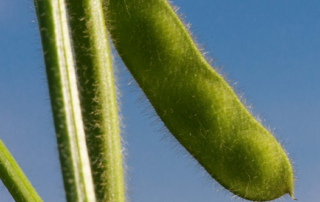
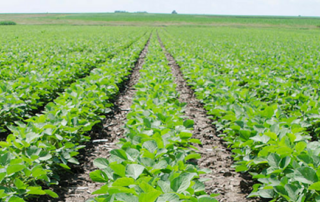
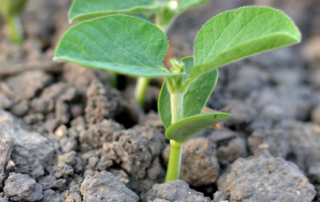
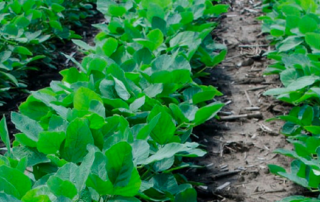
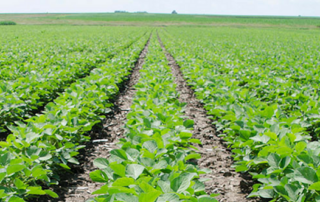
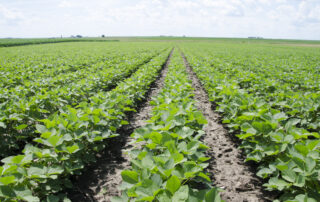
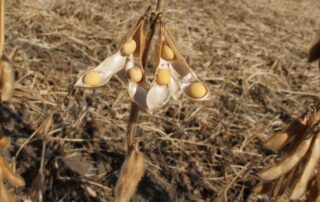
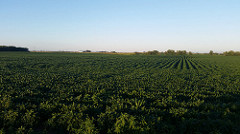
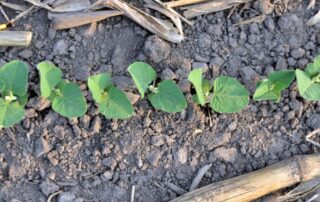
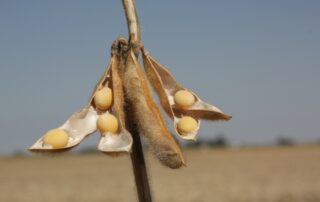

 and then
and then